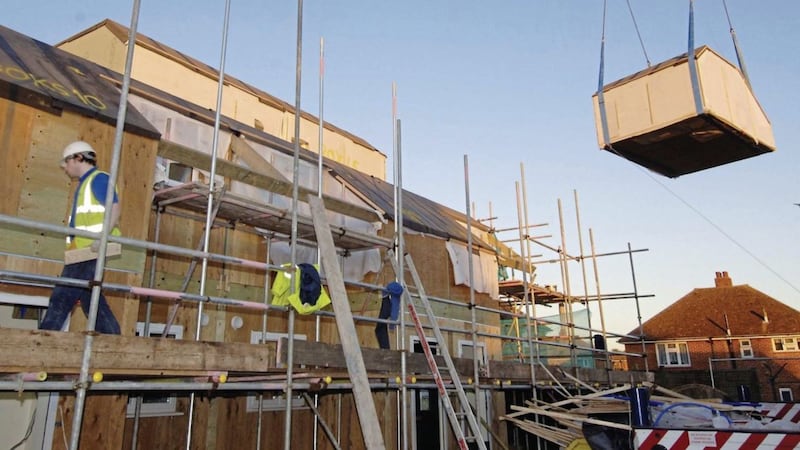QUESTION: New tax allowances are available for certain expenditure on buildings and structures from this month. Who can claim this relief and what are the rules?
ANSWER: Finally, after much consultation and technical review, the new Structures and Buildings Tax Allowance (SBA) legislation has been approved after a short debate in the House of Commons. Final legislation is now expected over the summer months, although it applies to all contracts entered into on or after October 29.
The legislation will provide tax relief for certain expenditure on buildings and structures, where no tax relief was previously available and can be claimed in a tax return in the year that the building is brought into first use.
After the unexpected announcement in 2007 that Industrial Buildings Allowances (IBA) would be phased out over a four-year period, most capital expenditure on commercial buildings did not benefit from capital allowance tax relief on the basis that property costs did not qualify as plant or machinery.
Historically, the IBA rules which applied from 1945 until April 2011 gave tax relief for the depreciation suffered on factories or other industrial buildings and the relief was given over a 25-year period. The introduction of a new tax relief for commercial properties is therefore broadly welcome news, irrespective of its complexity and limitations.
In summary, the new SBA is available on expenditure incurred on new buildings and structures, where construction commenced on or after October 29 2018. The tax relief is given over 50 years with a deduction of 2 per cent each year given to the claimant.
Some construction works are excluded, such as residential property, however care is required when defining and classifying each constructed property as the definition of ‘residential’ differs from the definition used in other parts of the tax legislation. Apportionment rules will apply for buildings which have mixed use and a careful analysis will be required to separate expenditure on plant and equipment.
Very often items which are defined as plant and machinery under tax legislation can become unintentionally lost within overall build costs. It is important therefore that precise record-keeping and cost segregation records are maintained as the SBA tax relief cannot be claimed in respect of plant and machinery costs, which often qualify for a different tax relief which is outside the scope of this article.
In order to make a valid claim to HMRC for SBA it will be necessary to produce a report of all qualifying expenditure, in the form of an “Allowance Statement” and submit this to HMRC. Before construction commences, it is also necessary to do a detailed review of the costs associated with the preparation of a site for the purpose of the construction, as these costs must be distinguished from any costs incurred in respect of land alteration or remediation. The latter costs are unlikely to qualify for SBA tax relief whereas the former costs relating to site preparation are likely to qualify. Distinguishing between these costs can often become blurred so good record keeping is of paramount importance.
The legislation relating to the new SBA is detailed and complex. SBA will be given to overseas structures as well as UK structures, if the business is within the charge to UK tax, and the relief will be given at the time when the property first comes into use.
An unusual quirk in the legislation also means that on the sale of the property the purchaser will take over the remainder of the SBA allowances, which are then written down over the remainder of the 50-year period. This means that the sale of the asset does not result in a balancing adjustment in the seller’s tax return. It is also interesting to note that the SBA will be given on qualifying expenditure renovating, refurbishing or converting a qualifying commercial property.
Although SBA fills the void which followed the abolition of IBAs in 2011, many had hoped for a much wider tax relief for commercial property. The SBA relief is after all nothing more than a tax deferral as the capital gains calculation is adjusted when the commercial property is subsequently sold, resulting in a clawback of the relief.
It is not possible to detail all aspects of the new SBA tax relief in such a short article so professional advice is recommended to ensure a valid claim is made.
:: Janette Burns (j.burns@pkffpm.com) is associate tax director at PKF-FPM Accountants Limited (www.pkffpm.com). The advice in this column is specific to the facts surrounding the question posed. Neither the Irish News nor the contributors accept any liability for any direct or indirect loss arising from any reliance placed on replies.








